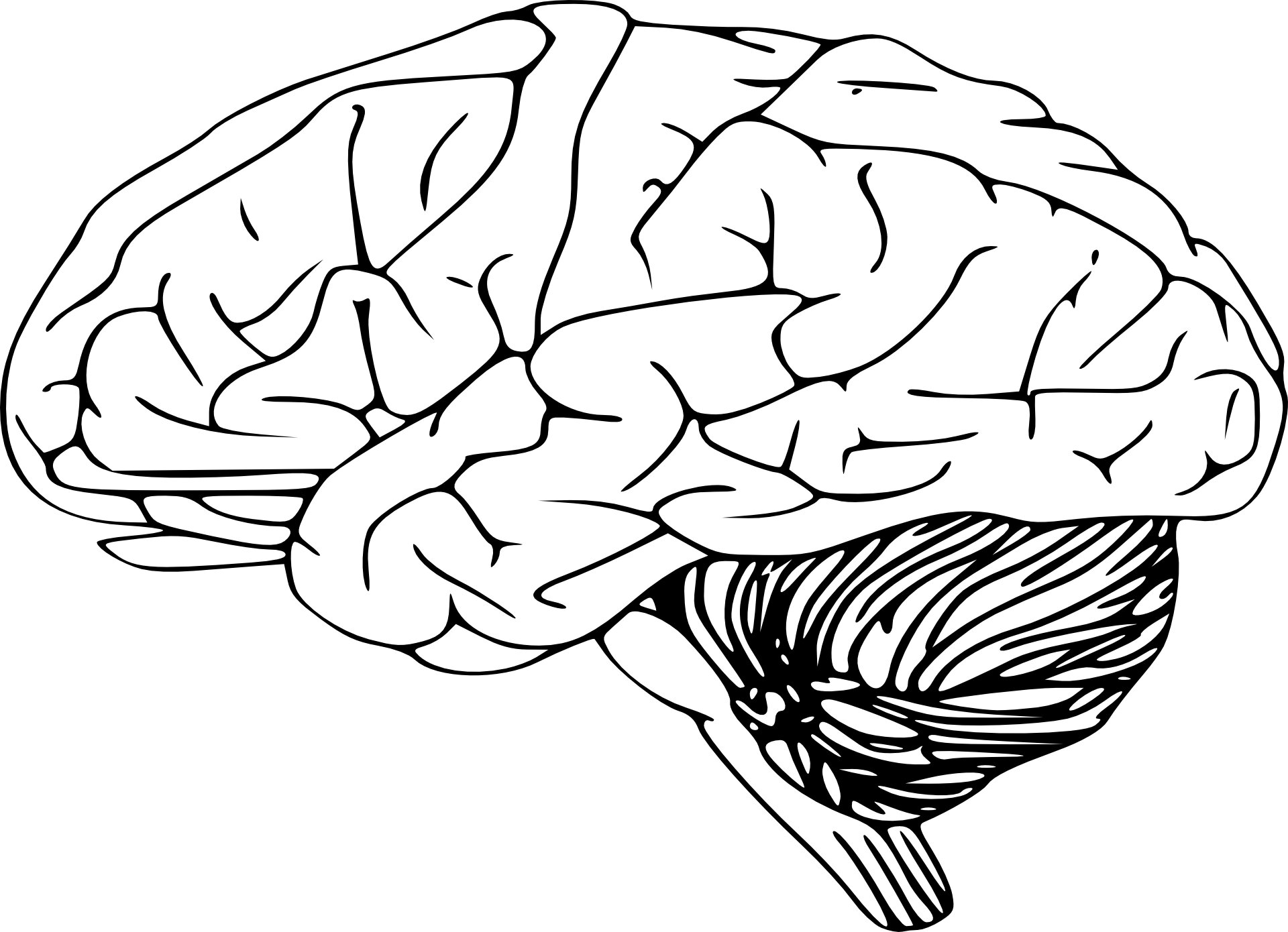
Credit: Pixabay / CC0 Public Domain
An interdisciplinary team led by KU Leuven and Stanford identified 76 overlapping genetic locations that shape the face and brain. What the researchers did not find is evidence that this genetic overlap also predicts someone’s cognitive-behavioral traits or risk of diseases like Alzheimer’s disease. This means that the findings help to unmask several persistent pseudo-scientific claims about what our faces reveal about individuals.
There was already evidence of a genetic link between the shape of the face and the shape of the brain, says Professor Peter Claes, of the KU Leuven Image Genetics Laboratory, who is a senior co-author of the study with Stanford professor Joanna Wysocka. Faculty of Medicine, University. “But our knowledge of this link was based on researching model organisms and clinical knowledge of extremely rare conditions,” continues Claes. “We decided to map the genetic link between the face and brain shape of individuals much more widely, and to the genetic variation that commonly occurs in the larger non-clinical population.”
UK Biobank brain and DNA scans
To study the genetic underpinnings of the shape of the brain, the team applied a methodology that Peter Claes and his colleagues had used in the past to identify the genes that determine the shape of the face. Claes says: “In these previous studies, we analyzed 3D images of faces and linked various data points on those faces to genetic information to find correlations.” Thus, the researchers were able to identify several genes that shape the face.
For the current study, the team relied on these insights previously acquired, as well as the data available on the UK Biobank, a database from which they used brain MRI images and genetic information from 20,000 individuals. Claes says: “In order to be able to analyze the MRI images, we had to measure the brains shown in the images. Our specific focus was on variations in the folded outer surface of the brain – the typical ‘nut shape’. Then, we link the data from the image analysis to the available genetic information. In this way, we identified 472 genomic sites that impact the shape of our brain. 351 of these locations have never been reported before. To our surprise, we found that up to 76 genomic locations predictive of the shape of the brain had previously been found linked to the shape of the face. This makes the genetic link between the face and the shape of the brain convincing. “
The team also found evidence that the genetic signals that influence the shape of the brain and face are enriched in the regions of the genome that regulate the activity of the gene during embryogenesis, either in facial progenitor cells or in the developing brain. This makes sense, explains Wysocka, as brain and face development are coordinated. “But we didn’t expect this developmental cross-talk to be so genetically complex and to have such a broad impact on human variation.”
No genetic link to behavioral or neuropsychiatric disorders
At least as important is what the researchers did not find, says Dr. Sahin Naqvi of the Stanford University School of Medicine, who is the first author of this study. “We found a clear genetic link between someone’s face and the shape of the brain, but this overlap is almost completely unrelated to that individual’s cognitive-behavioral traits.”
Even with advanced technologies, it is impossible to predict someone’s behavior based on their facial features. Peter Claes says: “Our results confirm that there is no genetic evidence for a link between someone’s face and that individual’s behavior. Therefore, we explicitly dissociate ourselves from pseudoscientific claims to the contrary. For example, some people claim that they can detect aggressive trends in faces through artificial intelligence. These projects are not only completely unethical, they also lack a scientific basis. “
In their study, the authors also briefly address conditions such as Alzheimer’s, schizophrenia and bipolar disorder. Claes says: “As a starting point, we used the results that were previously published by other teams on the genetic basis of such neuropsychiatric disorders. The possible link with the genes that determine the shape of our face had never been examined before. Compare the findings existing with our new ones, you will see a relatively large overlap between the genetic variants that contribute to specific neuropsychiatric disorders and those that play a role in the shape of our brain, but not for those that contribute to our face. “In other words: our risk of developing a neuropsychiatric disorder is also not written on our face.
The study is published in Nature Genetics.
15 new genes identified that shape human faces
Shared heritability of the human face and the shape of the brain, Nature Genetics, DOI: 10.1038 / s41588-021-00827-w
Quote: International team identifies genetic link between face and brain shape (2021, April 5) recovered on April 6, 2021 at https://medicalxpress.com/news/2021-04-international-team-genetic-link-brain .html
This document is subject to copyright. In addition to any fair dealing for the purpose of study or private research, no part may be reproduced without written permission. The content is provided for informational purposes only.
